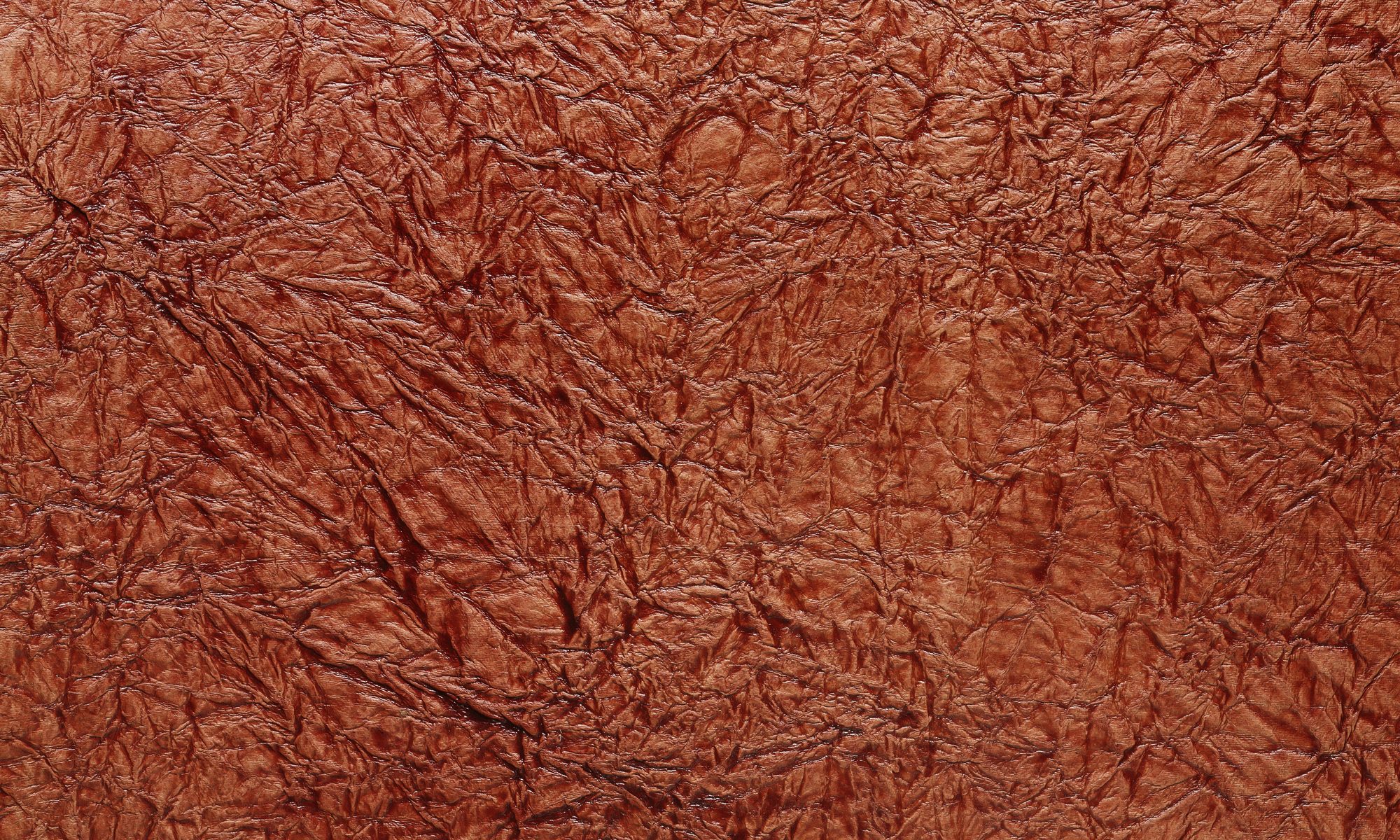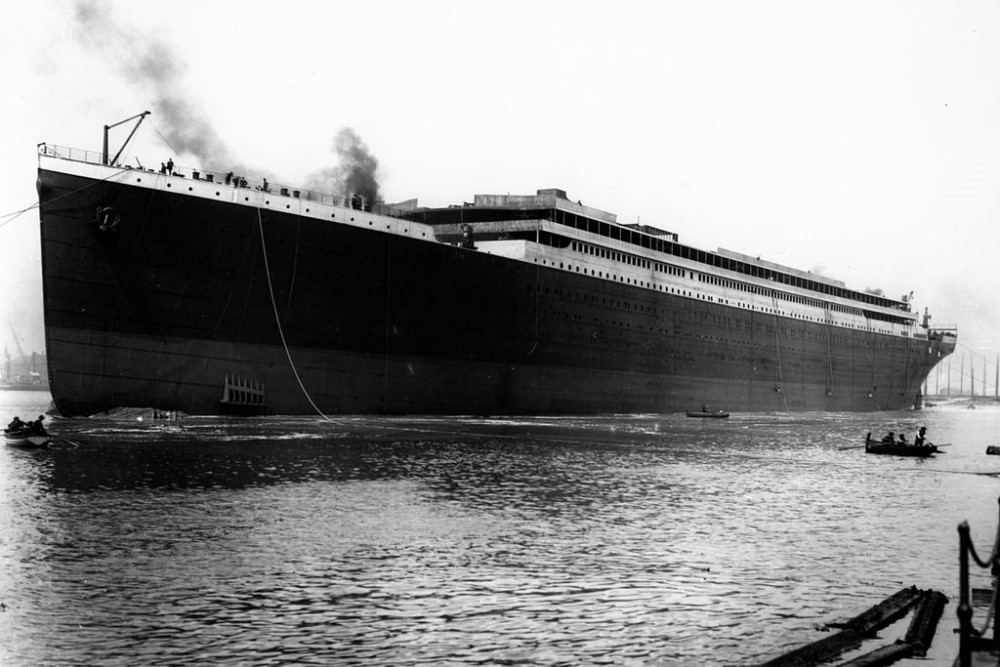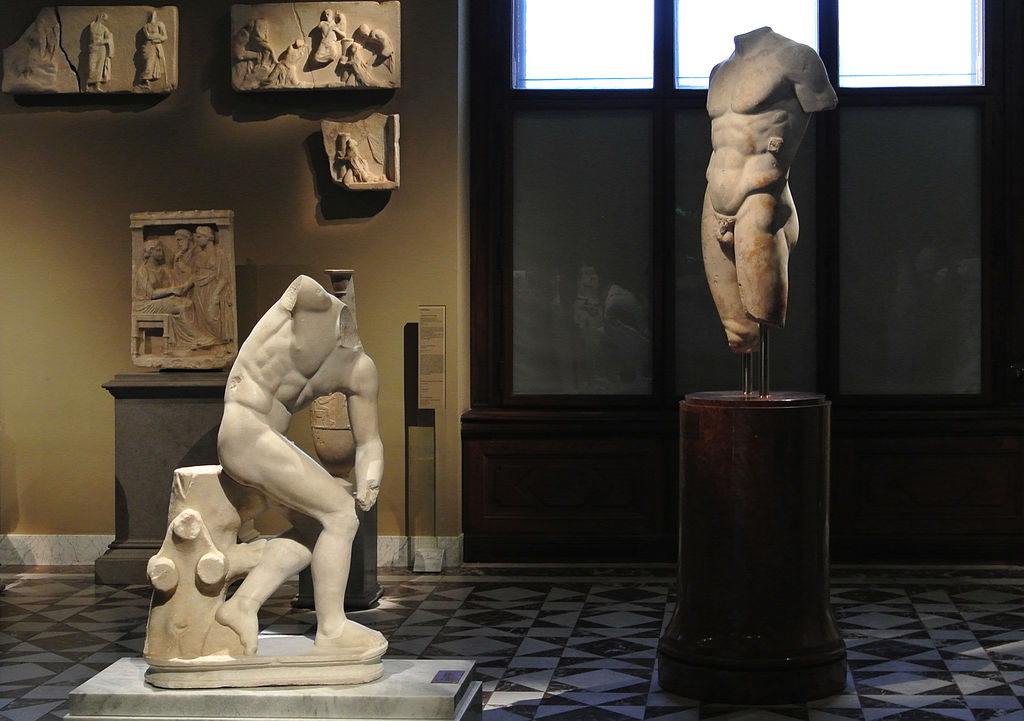Many museums around the world hold and display human remains. Be they in the form of the ancient Egyptian mummies housed within the British Museum, the skeleton of the notorious murderer William Burke at Edinburgh’s Anatomical Museum, or the University of Oxford’s Amazonian “shrunken heads,” the relationship between the deceased and museums is intimate. It should surprise no one, then, that museums are the site of significant ethical debate. After all, where we find death, we often find controversy.
For example, and possibly a topic with which many will be familiar, there is considerable debate surrounding how museums obtain their exhibits and whether this has any bearing on how, or even if, they should be displayed. If a body falls into a museum’s stewardship via less than official means – like graverobbing – should this affect whether a museum should exhibit the body? We might think the answer is yes, as such an action would be patiently unethical (and likely illegal). But is this true across the board? Does time play a factor here? After all, many of the bodily remains of ancient peoples were taken from their burial places many decades, even centuries ago. Should this matter when compared to the educational and social value such remains might produce?
My point so far here is not to pick sides in such debates (although I do have a side). Instead, I want to highlight that when it comes to how museums treat remains, there is a long pedigree of philosophical and political debate, as well as legislation. This is not the case, however, when it comes to another form of venue in which the public can engage in academic and educational pursuits – libraries.
Now, this might not strike you as particularly relevant; after all, libraries don’t hold human remains, they hold books. But this is, strictly speaking, not true as some libraries house books bound in human skin.
This practice, called anthropodermic bibliopegy, became fashionable in the 19th century. While it conjures up images of occult rituals and human sacrifice – vis-à-vis the necronomicon – in reality, it has closer ties to far more legitimate professions, such as medicine and criminal punishment.
One of the most famous examples of this comes from Edinburgh in the form of a name already mentioned in this piece – William Burke. Over ten months in 1828, William Burke and his accomplice, William Hare, terrorized the streets of Edinburgh by murdering at least sixteen people. This was not simply mindless violence, however, as Burke and Hare sold their victim’s bodies for dissection in anatomy lectures. The pair were eventually caught, and, while it is unclear what happened to Hare after he turned King’s evidence, Burke was sentenced to death by hanging and, with a sense of poetic justice, his corpse was publicly dissected and his skeleton was placed on display.
What is interesting here, however, is that a section of Burke’s skin was removed and used to cover a small notebook, which is now housed in Edinburgh’s Surgeon’s Hall Museums. In a very macabre tone, on the front of the book, in faded gold text, reads BURKE’S SKIN POCKET BOOK.
This is not the only example of such a morbid tome, however. While rare, there are many more examples of such items at multiple institutes, including Harvard’s Houghton Library, Philadelphia’s Mutter Museum, and Brown University’s John Hay Library, to name a few. And, while the reasons for such unusual bookbinding vary, from punishment to memorialization to collection, it is essential to remember that each book is bound in the remains of a person who, regardless of how they lived their life, was once a living, breathing individual. Thus, how we treat these items matters. These are not just books, nor are they simply bodies; they exist somewhere in between. And while these items are not exclusively found in libraries, given the fact that they are books and that it can be hard to tell what exactly they are made from (differentiating between human and pig skin is difficult without testing), libraries must acknowledge the potentially ethically tricky situation they find themselves in; not just as curators of books, but the potential guardian of human remains.
So, what should a library do in such a scenario? How should they respond if, after testing, an item in their collection is found to have as its binding human skin?
One option is to destroy it as such an item might be deemed too offensive to be allowed to continue existing. This might be because it draws up unpleasant connotations linked to how it came into being or from whom the remains come (the skin is from a murderer or was obtained through bodily desecration). It may also be offensive not because of who it is made from or how it came to be, but simply because of what it is. As such, it might be that the best way forward is to destroy the piece humanely, thus preventing anyone in the future from obtaining it or causing any further offence. Yet, while this may be the simplest option, it is far from uncontroversial. The item holds its own story, and many may learn much from it. Not just in terms of how it was created, but also in what it represents as well as the narrative of how it came to be in the form it is. Thus, to destroy it is to abandon the knowledge and legacy that the item has accrued. The issue could be further complicated if the remains used in the item were offered willingly. Is it acceptable to destroy such an item if this contradicts the wishes of the person from whom the book has been made?
An alternative, then, might be to continue holding onto the book but to keep it away from the public. To house it away in a secure room in the depths of a library and, while not forgetting about it, letting it slip from public and professional consciousness. While potentially avoiding some issues related to the offence it causes, this does little to address one’s responsibilities towards the remains, and may very well compound any such dereliction of duties. After all, if one is aware that an item in their collection contains parts of a human body, keeping it locked away in storage might be seen as ignoring the issue. Few would find this a satisfactory solution if the item in question was a severed human head. Should the fact that the remains no longer resemble a body part and are now part of a book really make this option any more palatable?
So, if destroying the book and hiding it away are not options (or at least problem-free options), then what is left? Well, the final course of action considered here is to openly acknowledge what the items are and how they came to be; make the items available to the public to come and learn about. After all, if museums can use remains for educational purposes, then why can’t libraries? Burke’s remains, for example, were put on display so that future people might reflect on his actions. It’s an easy argument to make that his skin, regardless of whether wrapped around a book or not, should serve the same purpose.
Yet, this contravenes what libraries are typically for. While they are places of learning, and their roles are ever-changing and expanding, asking them to be home to bodily remains and to take on all the additional responsibilities that come with such a role might be asking too much.
Ultimately, then, whether libraries should retain their morbid, part-human, part-bibliographic items is far from a simple question as it draws in concerns about what the library’s role is in society, how we treat the deceased, and whether the form of bodily remains alters our responsibilities to them. And, while this is not a pressing question given how many books exist, we are talking about our duties to the deceased. Thus, both sensitivity and decisiveness are required.




